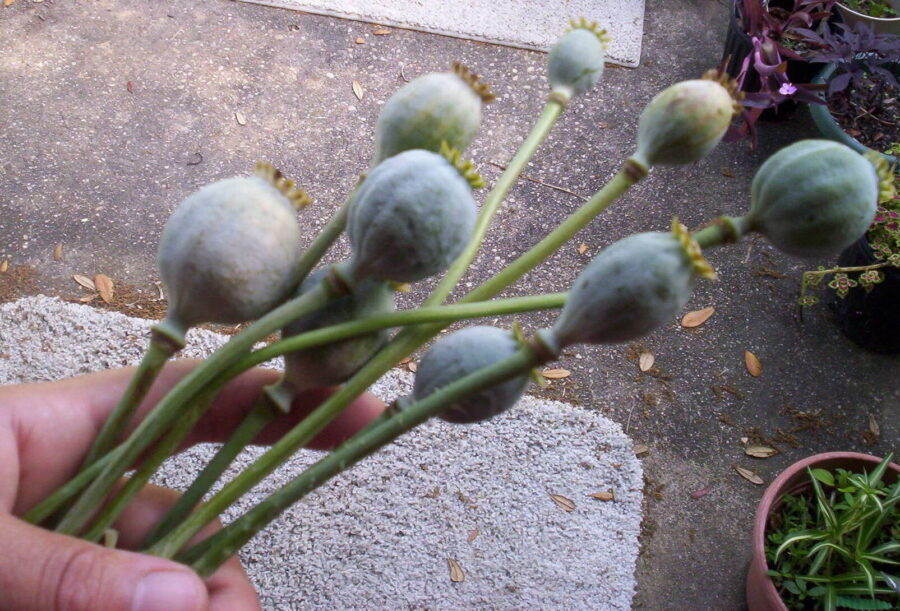General Information
- Category- Flower, fruit, drug
- Binomial Name- Papaver somniferum
- Common Names- gum opium, afeem
- Spread- 10-12 inches**
- Height- 36-50 inches**
- Average Production- 5-8 capsuls per plant
- Days to Maturity- 95-120 days*
Environmental Requirements
- Soil- Well-drained soils
- Soil pH- 5.8
- Soil moisture- 20%
- Sun Requirements- Full Sun
- Best Time to Plant- Spring (February and March)
Tips to Grow Opium:
- Arrange good quality poppy seeds.
- The soil should be alkaline, acid or neutral. The soil should be moist but not waterlogged.
- Pour some poppy seeds into your hand and sprinkle them very thinly across the container to create natural looking drifts.
- We can add compost before sowing the seeds for better growth.
- Each poppy plant bears 5-8 capsules. The capsules are incised when the diameter is about 4 cm and when the color changes from bluish green to yellow. Incisions are made around the circumference with a sharp instrument without breaking the endocarp.
- The white latex which exudes coagulates rapidly and turns brown. The latex is scrapped on the next days and transferred to a poppy leaf. When sufficient latex is collected, it is kneaded into balls, wrapped in poppy leaves and dried in shade.
** The values are standard values but might change a bit.
Chemical Constituents of Opium:
- Opium contains more than 30 alkaloids. The opium alkaloids are classified as:
A) Phenanthrene alkaloids- Morphine, codeine, thebaine
B) Benzylisoquinoline alkaloids- Papaverine, norceine, noscapine.
These alkaloids are combined with meconic acid which can be detected by chemical test.
2. Opium also contains sugar, salts, albumin, coloring matter and moisture.
Uses:
- Tincture opium is used to control diarrhoea.
- Opium is used for the isolation of its alkaloids.
- Morphine is used as an analgesic and pre-anesthetic medication.
- Codeine and noscapine are used as cough suppressants.
Show Comments


